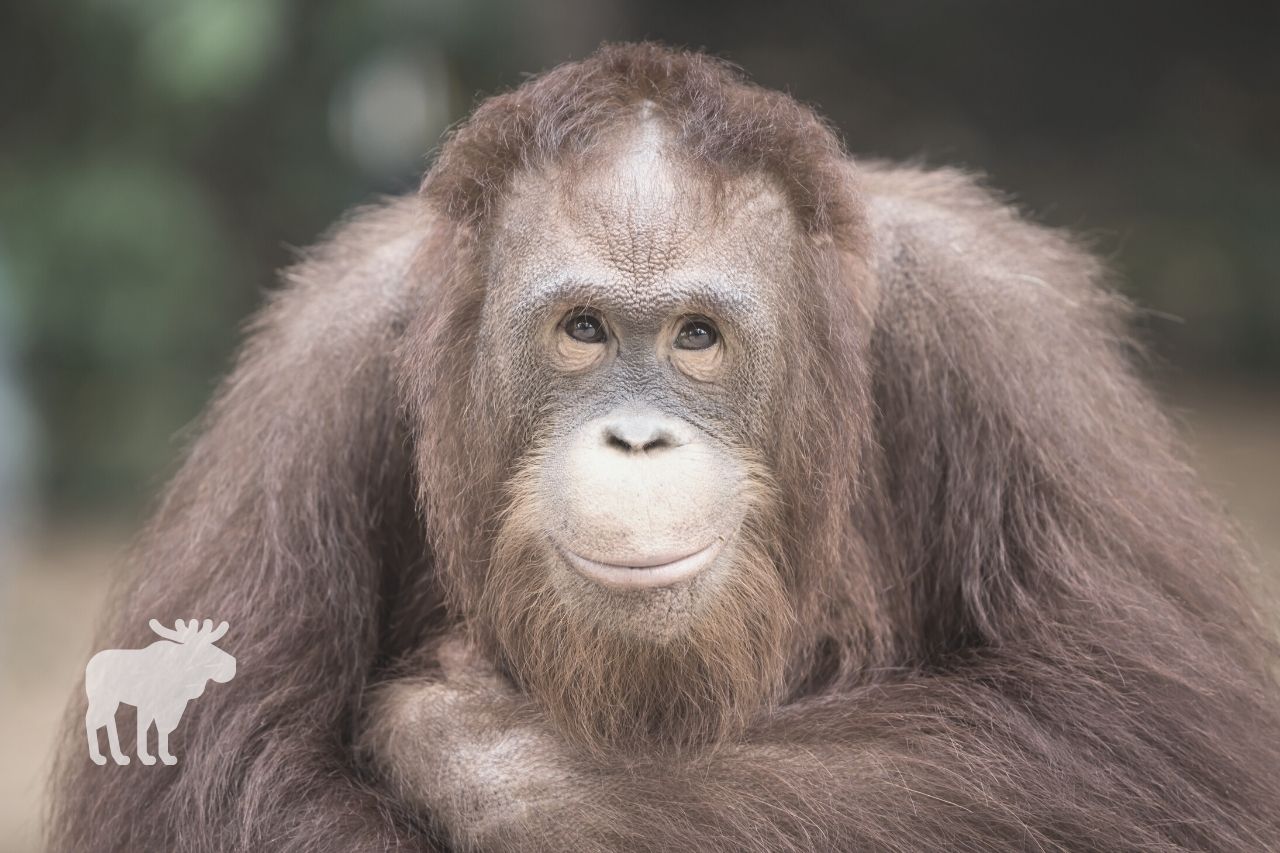Palm oil is one of the most widely used vegetable oils in the world–about 50 billion tons of it is produced and consumed every year. If you haven’t heard about the InYourPalm.org campaign, you might be surprised to learn that the production of palm oil has a number of negative effects. So, why is palm oil bad for the environment? What problems does it cause? And what does it have to do with declining numbers of orangutans?
Why Does the Growing of Palm Oil Lead to Deforestation?

The ideal environment for palm oil growth is in tropical forested areas especially in the countries of Indonesia, India, Malaysia, Papua, and New Guinea. The problem is that, for palm oil trees to be planted, the existing forests have to be cleared out.
New palm plantations are rapidly taking over these natural rainforest areas, leading to massive amounts of natural forest being destroyed. Cutting down the existing trees allows more carbon into the environment, as the trees are no longer there to absorb the carbon dioxide in the environment.
Deforestation has other negative effects as well. Removing the original forest flora leads to a decrease in soil quality and an increase in erosion, and it also leaves many and diverse animal species without a home.
Why Does the Production of Palm Oil Endanger the Orangutans?
Certain species of orangutan have seen a frightening decline in their numbers in a relatively short amount of time, and the cause of this decline appears to be directly linked to palm oil production.
In Indonesia and Malaysia alone, up to 5,000 orangutans are killed each year. As their homes are destroyed, many of them are killed during the deforestation process; others are left homeless, making them more vulnerable to illegal poaching activities.
Two endangered species in particular have been drastically affected by palm oil production: the Bornean and Sumatran orangutans. The Bornean orangutans saw their numbers decrease by nearly 50 percent between 1999 and 2015, while the critically endangered Sumatran orangutans were reduced to just 7,500 total animals.
Of course, orangutans are not the only animals endangered by palm oil production. Anytime a forested area is cleared, many other animal and bird species are also killed and left homeless.
Why Is Palm Oil Bad For The Environment?
Deforestation and animal endangerment are not the only problems with palm oil production. Some of the other negative effects include:
- Chemical use: Herbicides, pesticides, artificial fertilizers, and other chemicals are dumped into the environment surrounding palm oil plantations. These chemicals can leach into the water supply, impact the neighboring plant life, and kill or drive away the animals in the area.
- Carbon and methane emissions: Tree and soil destruction allows an excess amount of carbon to be released. Destruction of the peat layer allows a greater production of methane which also finds its way into the environment.
- Loss of biodiversity: The destruction of the natural habitat leads to increased erosion, saltwater flooding risk, and increased risk of fire. Chemicals added to the environment and soil depletion make it difficult for the land to return to its previous state when the palm oil plantation is no longer being used.
- Health risks: The chemicals leaching into the soil and water can produce a number of long term health risks, including cancer and reproductive issues. As palm oil plantations become more and more widespread, more of these chemicals find their way into the environment, affecting larger areas and greater numbers of people.
- Loss of farmland: As palm oil plantations expand, they may take over areas of farmland that local peoples depend on for their livelihoods. Though the farmers are paid for selling their land, they no longer have access to it for growing their crops, so both local food production and long-term financial well-being are put at risk.
What is the Answer? What Do We Campaign For?
We understand that the world depends on palm oil. It is a cheap, efficient crop that is used in everything from food to cleaning products to clothing. Furthermore, palm oil exports are a major part of some country’s economies. In Indonesia, for example, palm oil makes up 10 percent of all the country’s exports.
Palm oil production causes problems, and we know the answer is not simply to stop all palm oil production at once. The solution will require a gradual decline in our dependence on this particular product and learning to use more sustainably produced oils.
And that’s where we need the attention of large multinational corporates that use palm oil in their products; however, could be using some of the available alternatives instead. Undoing the damage caused by palm oil production is going to be a process, but it is a process worth embarking on for the greater good of our world.
Conclusion
Palm oil production causes many negative effects on the environment, including deforestation, animal endangerment, and health risks caused by chemical use. Though the world has a high dependence on palm oil, it is important for the environment that we begin transitioning to more eco-friendly and sustainably grown products.
Support the InYourPalm.org campaign!
And if you would like to read about some other animal and wildlife stories, here is our selection:
1. How Do Beaver Dams Affect The Environment?
2. What Is The Relationship Between Ants And Acacia Trees?
3. What Happens If You Kill A Bald Eagle?
4. How Do Death Caps Affect The Environment?